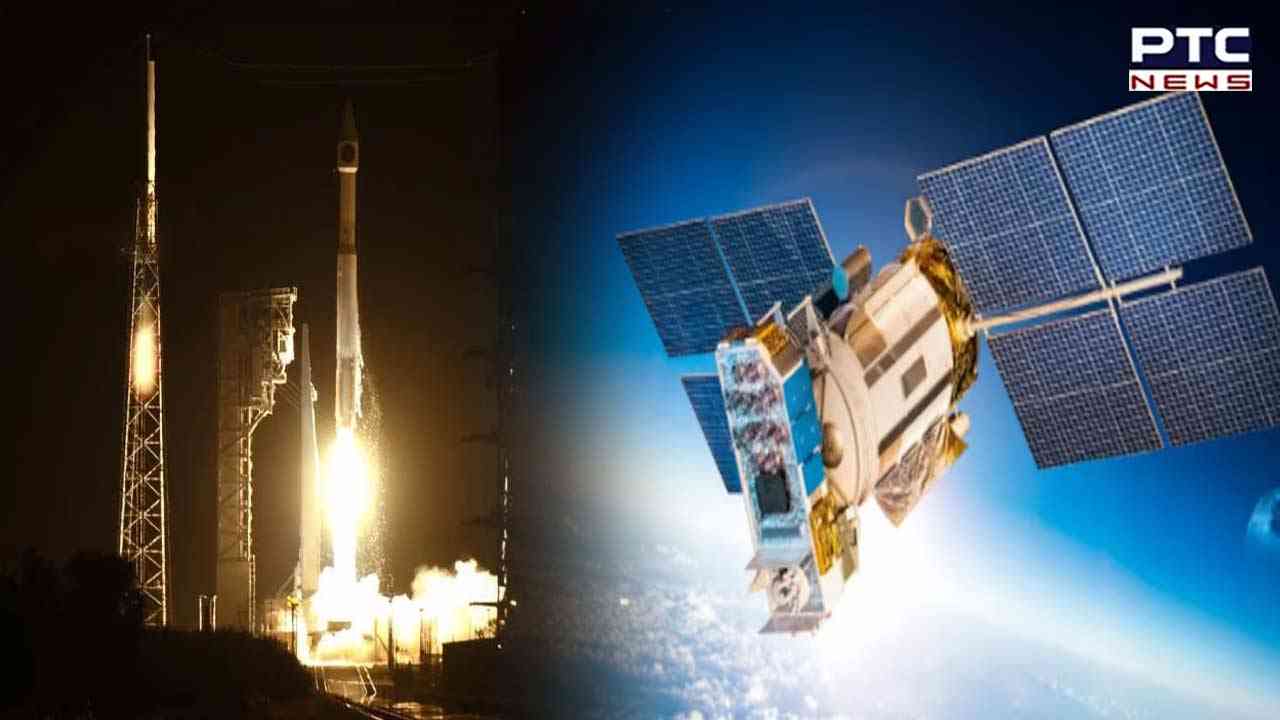

US launches 'silent barker' satellite constellation to track Chinese and Russian threats in Orbit
Washington, June 07: US Space Force is preparing to launch a constellation of satellites named "Silent Barker" to track Chinese and Russian space vehicles that pose a threat to orbiting objects. This initiative marks a significant development in the ongoing space competition between these superpowers.
Silent Barker, described as the first network of its kind, will complement ground-based sensors and low-earth orbit satellites. The satellites will be positioned at geosynchronous orbit, approximately 22,000 miles above the Earth's surface, rotating at the same speed as the planet.

The primary objective of Silent Barker is to provide indications and warnings of potential threats against high-value US systems. The satellite constellation aims to enhance the US Space Force's capabilities in searching, detecting, and tracking objects from space to facilitate timely threat detection.
Also Read: Indian scientists make groundbreaking discovery: Alien planet 13 times bigger than Jupiter
The National Reconnaissance Office (NRO) is collaborating with the Space Force in the development of these satellites. The launch of Silent Barker is scheduled for after July, using an Atlas V booster operated by the Boeing Co.-Lockheed Martin Corp.'s United Launch Alliance.
Silent Barker is a response to China and Russia's efforts to develop systems capable of disabling or damaging satellites. The US is increasingly concerned about these advancements. Sarah Mineiro, a former lead staffer on the House Armed Services Committee strategic subcommittee, emphasizes that the new satellite network will significantly enhance the Space Force's ability to track adversary satellites that may be maneuvering around or near US satellites.
Silent Barker will overcome the limitations of ground or lower-orbit surveillance systems and provide a clearer understanding of space activities.
The Office of the Director of National Intelligence's annual threat assessment highlights China's development of weapons designed to target US and allied satellites. The report also suggests that counterspace operations will play a crucial role in potential military campaigns of the People's Liberation Army. Notable examples include China's SJ-21 satellite, which successfully relocated a defunct Chinese satellite to a higher orbit, and the Sijian-17 satellite, equipped with a robotic arm that could potentially grapple other satellites.
General James Dickinson, head of the US Space Command, testified in March that the SJ-21 could serve in a counterspace role and pose a risk to geosynchronous satellites. Silent Barker aims to track satellites like the SJ-21 and identify new objects in space. While the exact number of satellites in the Silent Barker constellation remains undisclosed, the Space Force and NRO confirm the involvement of multiple space vehicles.
Surveillance from space will enhance the capabilities of ground sensors by providing 24-hour above-the-weather collection of satellite data. Ground-based sensors monitoring objects in geosynchronous orbit face limitations due to distance, geography, and weather conditions. Silent Barker seeks to overcome these observation gaps and bolster the US Space Force's ability to monitor and respond to potential threats in space.
Also Read: NASA reveals heart-shaped glacier on Pluto will melt your heart
- With inputs from agencies
